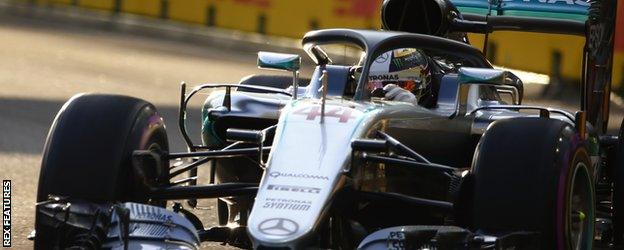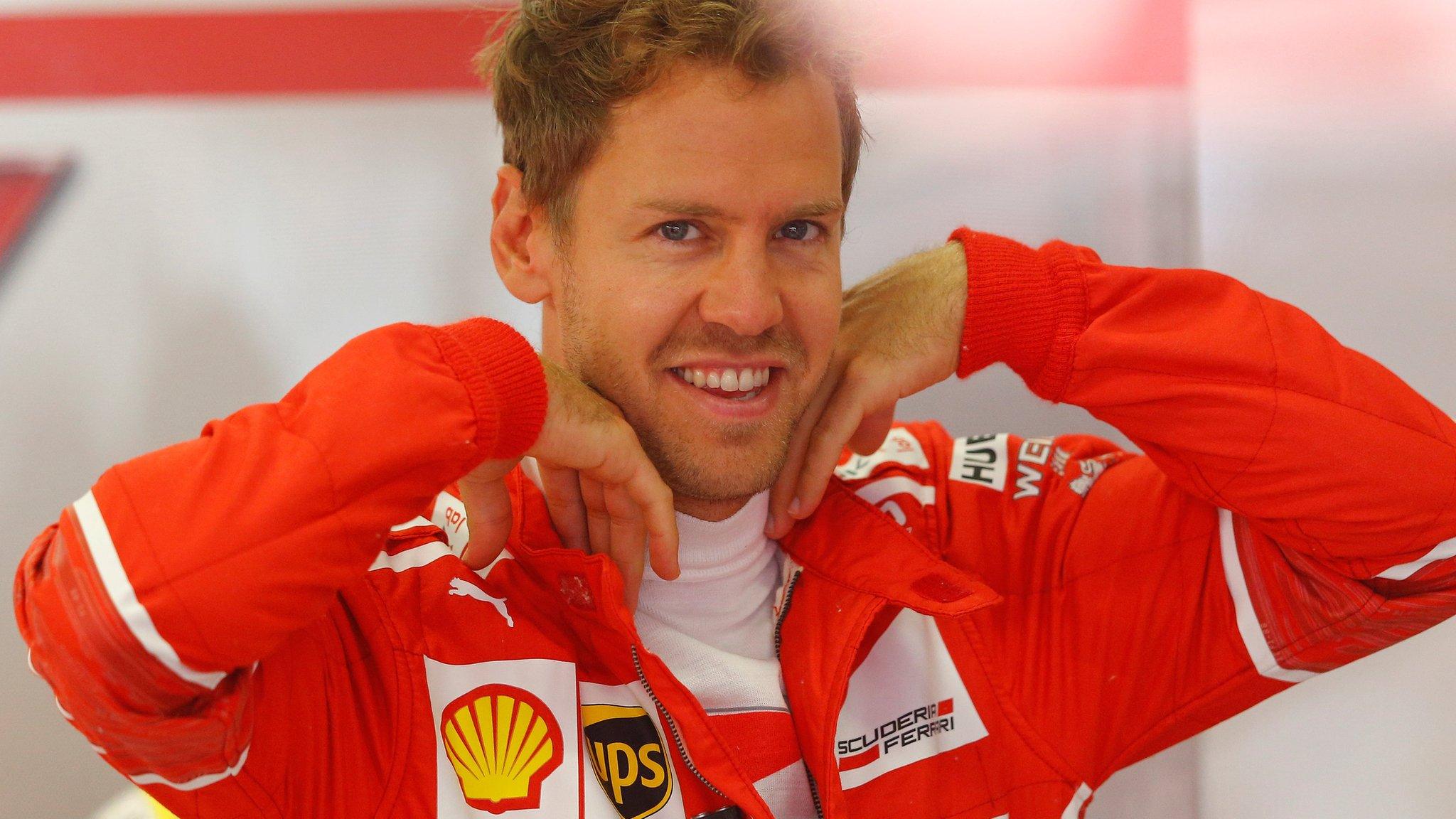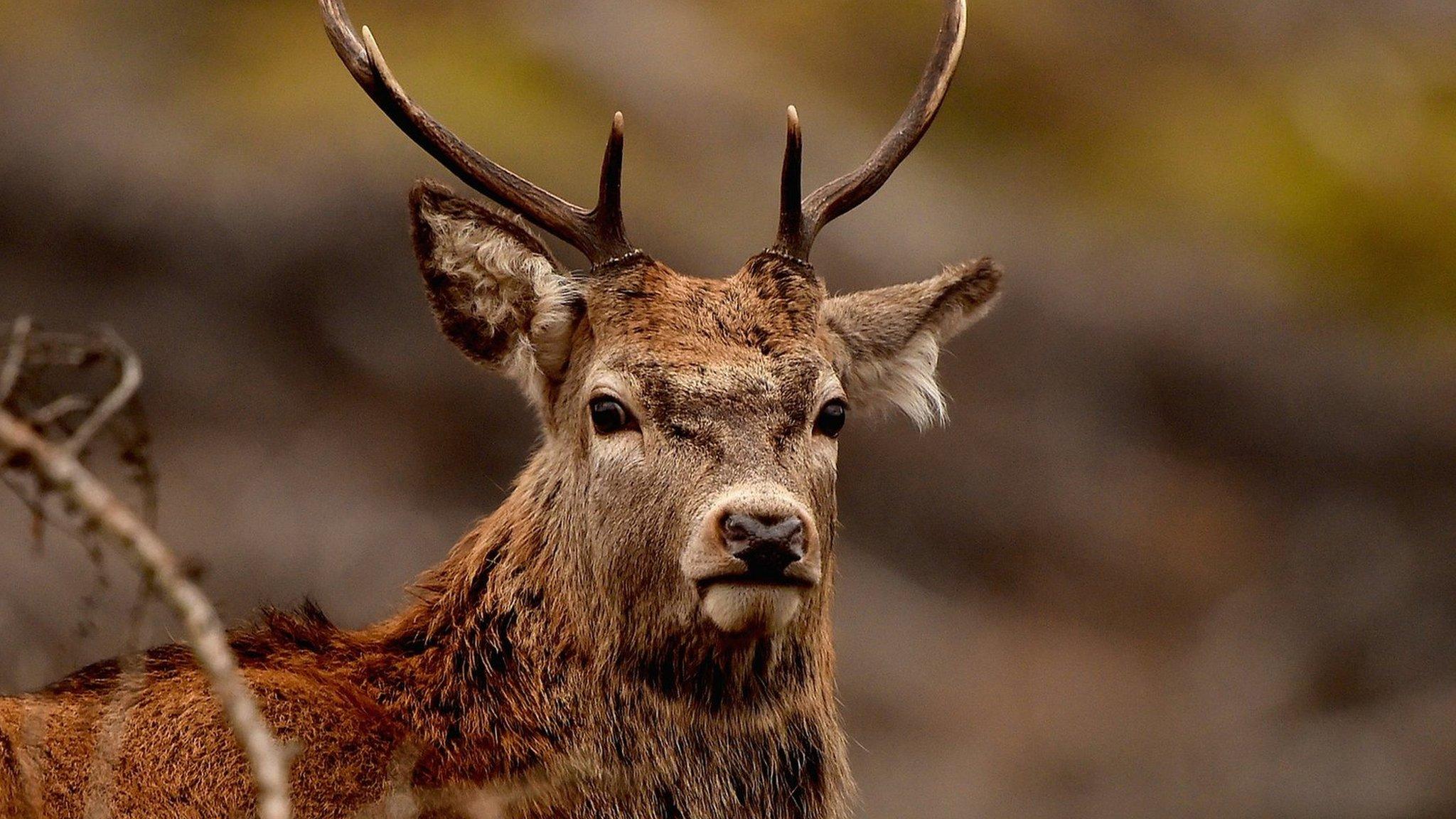Formula 1 cockpit 'shield' set for British Grand Prix test
- Published

The British Grand Prix is live on 5 live and the BBC Sport website
The first prototype of the cockpit head protection system preferred by Formula 1 is to be tested at next weekend's British Grand Prix.
Ferrari will conduct test 'shield' device the in the first free practice session at Silverstone on Friday.
The shield is what F1 bosses have prioritised over the controversial 'halo' system tested in 2016.
The halo ran into opposition because of its looks and some concerns about its effects on driver visibility.
The idea of extra cockpit head protection is to protect the driver from impacts with large flying debris such as wheels, or in other incidents when his head is vulnerable, such as if a car were to slide upside down along a barrier.

Until now the 'halo' has been the only proven cockpit head protection system
A full test of the 'shield' will be conducted at the Italian Grand Prix on 1-3 September but the FIA wants to make an initial assessment as soon as possible - hence the Silverstone test.
A statement said: "A transparent open canopy system constructed using polycarbonate, the shield is aimed at providing significant protection from debris, while ensuring unrestricted forward vision for the driver.
"A number of indoor and outdoor tests are currently being conducted and the federation's target is to carry out a first full track test at Monza in September.
"However, in an effort to get initial feedback from drivers at the earliest possible stage of development, a short test will be conducted at next weekend's British Grand Prix, in the first free practice session. The test will be conducted with Ferrari."
So far, the halo is the only device that has been proven to work - previous screen-type devices, including the 'aeroscreen' developed by Red Bull, have all failed the test of having to remain intact and protect the driver after a wheel is fired at them at 250km/h.
- Published8 July 2017

- Published7 July 2017

- Published5 July 2017

- Published6 July 2017
